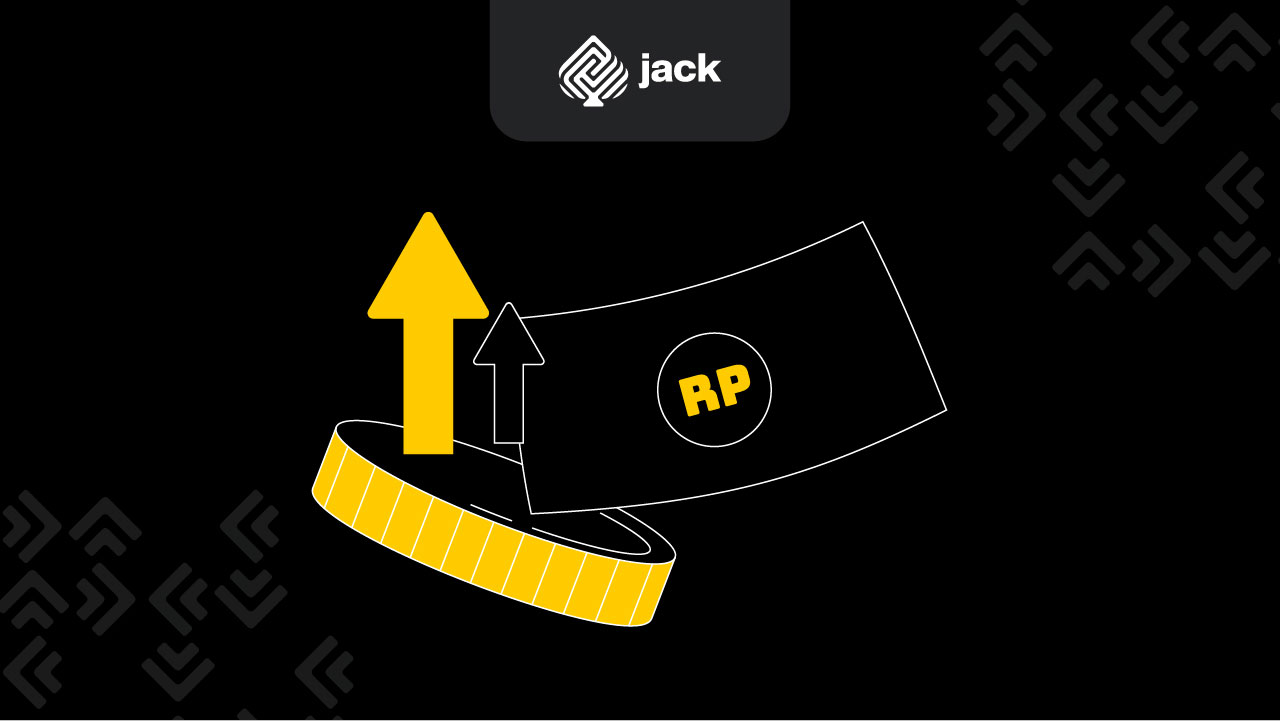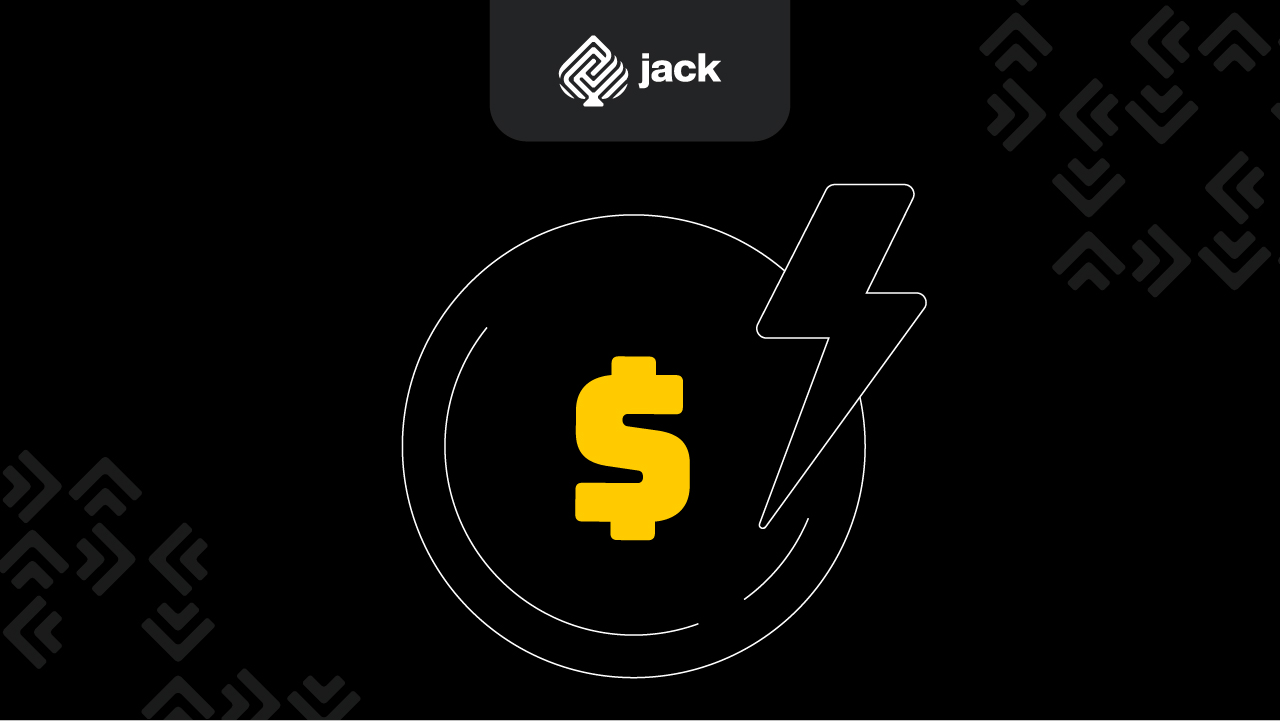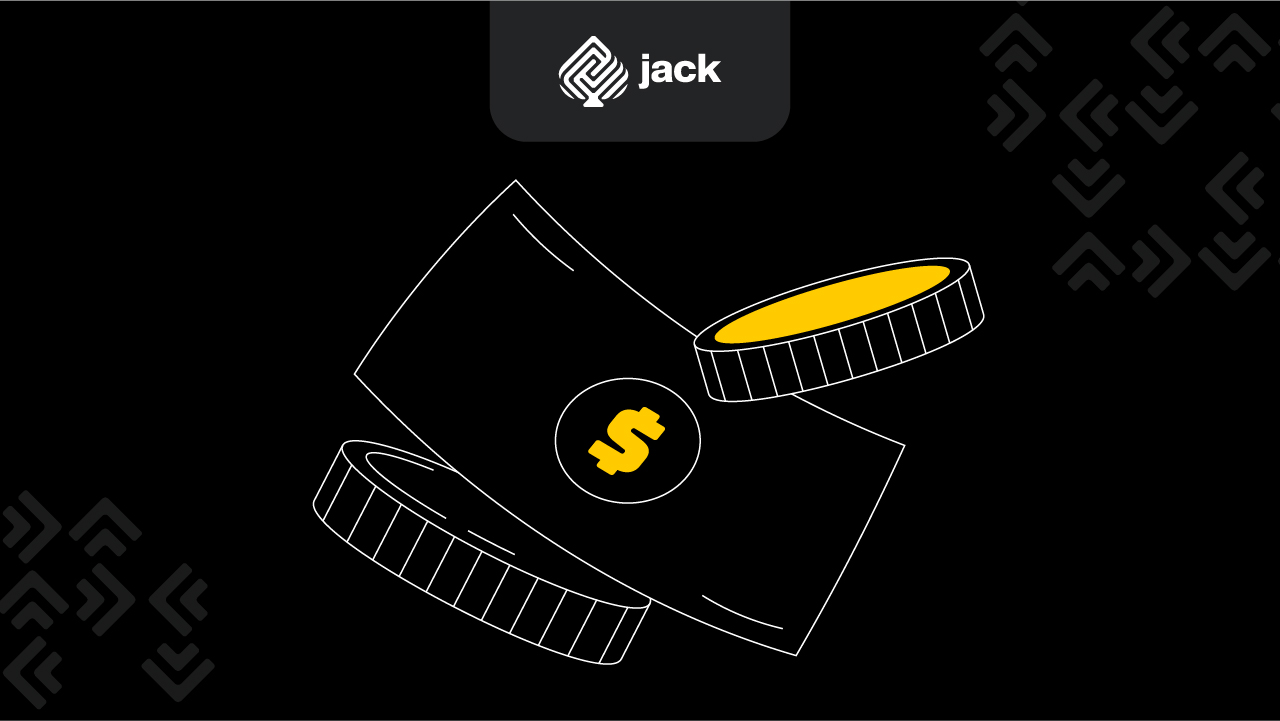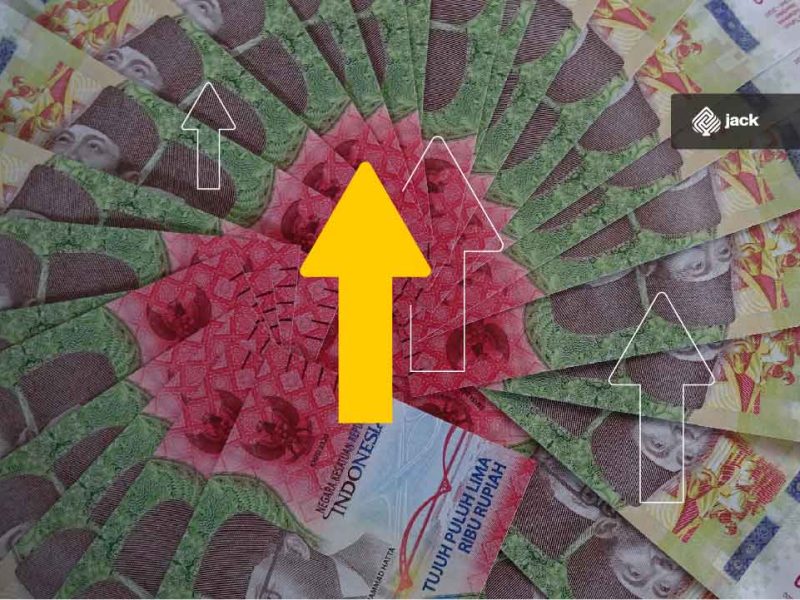Business practitioners often hear many terms related to their business activities. One of them is related to overhead costs in business. This is an important business component, but novice businesspeople often do not understand it specifically.
To provide information related to overhead costs, here are some explanations about their functions and types, especially those related to business and the business world. This can at least provide an overview for novice businesspeople who want to grow their business.
Definition of Overhead Costs

Let’s start with the definition of overhead costs in business first. Overhead costs generally refer to the expenses that must be incurred by business practitioners related to production costs, whether it is the production of goods or the production of services that occur indirectly. So, it can be said that these costs vary in form.
Overhead costs are generally fixed and do not change even if business or business activities change. Therefore, this type of cost is easier to calculate and determine from the beginning of establishing or running a business.
In ensuring the projection of business profits in the future, this type of cost must be taken into account. So, business practitioners can get an accurate picture of how much indirect costs must be routinely incurred when running their business in the future.
Functions of Overhead Costs

As an indirectly occurring cost, overhead costs still have functions in the implementation of a business. Some of its functions are generally described in the information below.
1. Overhead Costs Help Determine Selling Prices
One of the functions of overhead costs is to help determine the selling price of a product or service produced by entrepreneurs. Through this cost component, business practitioners get an idea of the amount of expenditure that must be paid by the company periodically. So, this value must at least be obtained from the selling price of the products offered to consumers.
2. Knowing the Amount of Profit through Overhead Costs
Another function is to know how much profit the company can get each period. By knowing the fixed expenses of the company, it will be easy to find out how much profit remains from the sales that can be obtained. So, business practitioners will find it easier to see the company’s profit projection over time.
3. Determining Marketing Strategies Related to Overhead Costs
Through overhead costs, companies can indirectly determine the right strategy for marketing company products. With fixed cost components that must be paid periodically, at least the company must determine the minimum sales amount to cover these costs. So, the company must create a targeted marketing strategy to ensure that these costs can be paid without the risk of losses.
Types of Overhead Costs

In general, overhead costs are divided into several types. Usually related to the company’s finances, these costs consist of fixed overhead costs, variable overhead costs, and semi-variable overhead costs. A complete description of each type is as follows.
1. Fixed Overhead Costs
First is fixed overhead costs, where this is a cost that must be incurred every certain period without changes. Costs included in this type include, for example, employee salaries, taxes that must be paid, and rental costs, both for space and equipment. With these types of costs, business practitioners must allocate a certain fixed cost to be paid every certain period.
2. Variable Overhead Costs
Next is variable overhead costs, which are costs that must be incurred by business practitioners and fluctuate according to the needs of the business. Therefore, costs included in this type include raw material costs, shipping costs, and marketing costs. This type of cost will experience an increase and decrease according to the business conditions. When demand is high, it means that these costs will increase, but if demand decreases, costs related to this will also decrease.
3. Semi-Variable Overhead Costs
Finally, there are semi-variable overhead costs, which are costs that are not fixed and changeable. One example of this type of cost is related to bonuses and incentives for employees. The amount will not be the same from time to time. Therefore, the company must recalculate every period related to the costs that must be incurred for this.
Calculating Overhead Costs

For business practitioners, calculating the amount of overhead costs can be considered quite important. On the other hand, determining the amount of this cost is also not difficult.
In general, these costs can be determined through the total calculation of the costs that must be incurred by the company from the components explained earlier. The total amount of all these cost components will be the overhead cost burden that must be paid by business practitioners every period.
Through the information provided above, business practitioners can now understand the definition, functions, and types of overhead costs in business. So, if you want to establish a specific business, it will be easy to know and plan from the beginning how much these costs must be routinely paid every month.
Use Jack for your business needs
With adequate initial information about this type of cost, business practitioners can determine the company’s financial cash flow well. So, finding projections of the size of business profits will also be easier. Business people can estimate how long it will take to ensure that their business turns into profit and at the same time have an idea of what the right strategy is related to the company’s financial management in the future.






